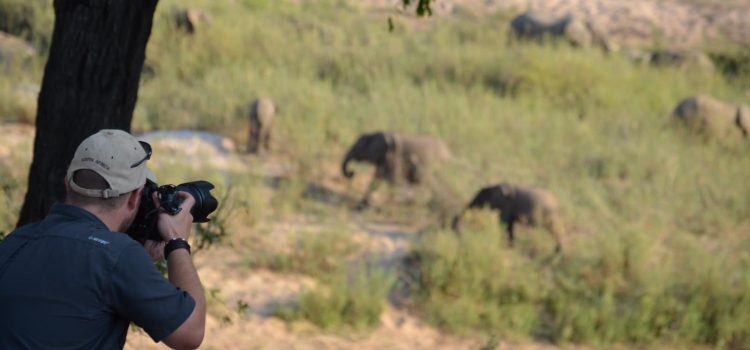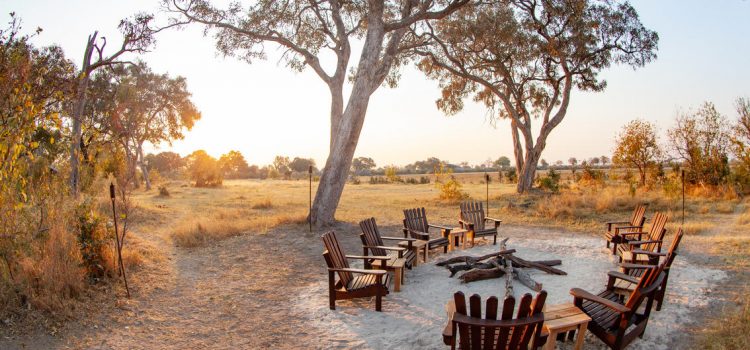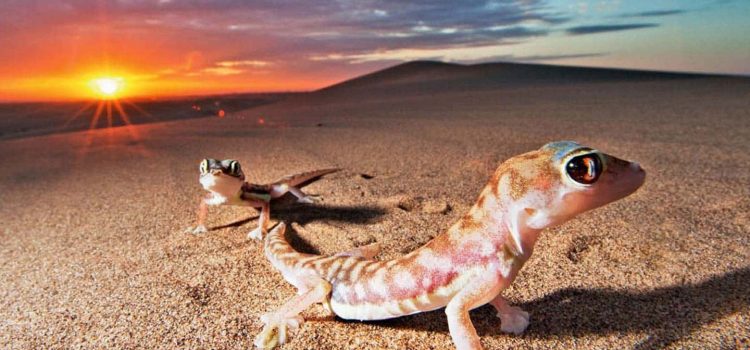As a Danish person living in Africa it was probably impossible for the iconic film Out of Africa to fail having an impression on me. Although I was just a wee little thing when the movie was released in the mid 80’s, the scenes of Meryl Streep’s Karen Blixen and her doomed lover Denys Finch Hatton (a slightly less crumpled Robert Redford) swooping over the African landscape in a dinky little bi-plane have stayed with me all the decades since.
Although I am a consumer of novels rather than a writer of them, when an educational excursion to East Africa made its way into my diary, John Barry’s stirring score imbedded itself immediately into my brain; mercifully edging out Kanye West’s butchering of Bohemian Rhapsody. And while it is not my job or my place to review movies, I shall boldly break with protocol and earnestly urge those who have not yet seen Out of Africa to swiftly source a copy of this most sumptuous film. It may be thirty years old, but the heady mix of Meryl, a younger Bob Redford and the breathtaking African landscape has placed this movie on the list of one of cinema’s greats, despite its rather lugubrious storyline.
True, my itinerary didn’t include the exact locations of the film, which were in Kenya, but my destination in neighbouring Tanzania would be every bit of the African experience, perhaps even more so. After all, Tanzania boasts many of Africa’s most famous landmarks, like the Serengeti and the Ngorogoro Crater. Mount Kilimanjaro is the continents tallest mountain and many people have climbing it on their bucket list. It might even make its way onto my list of “Things To Do”, after I have dusted off the old stair machine in our garage – but no promises.
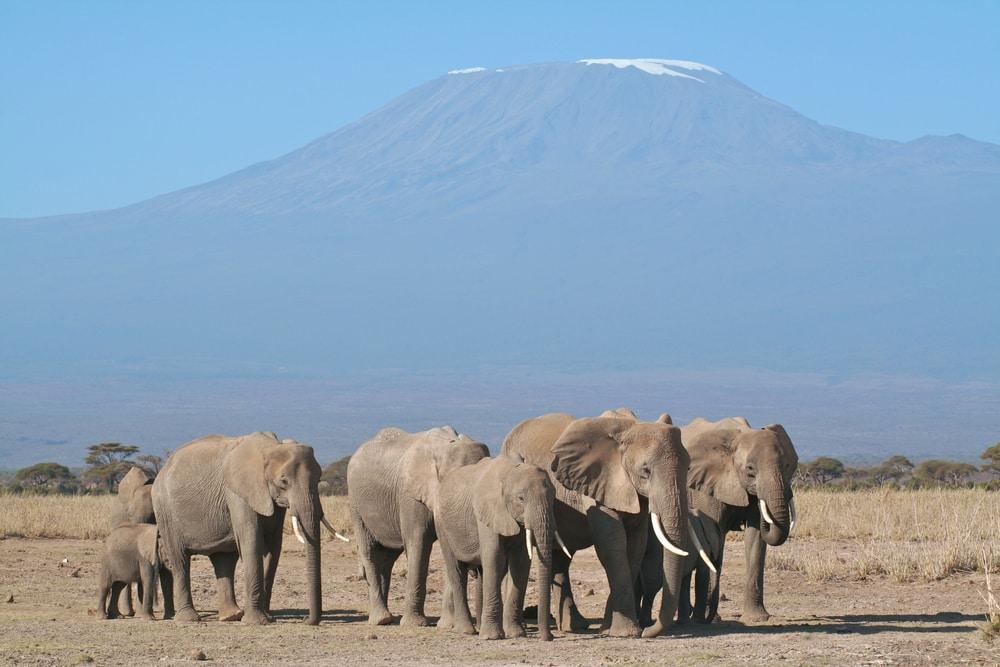
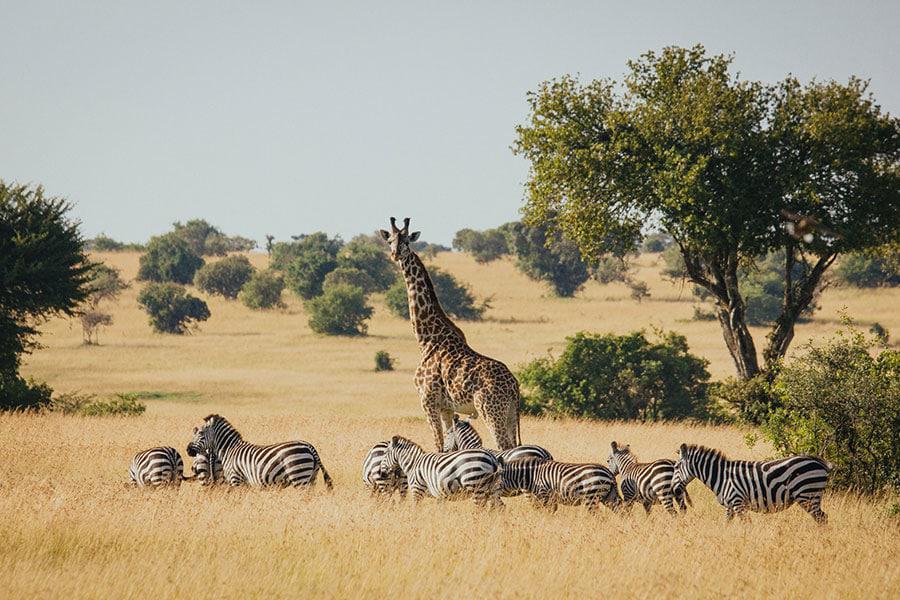
Tanzania is a nation that is serious about its tourist industry and its wildlife conservation. Almost 40 % of the country’s land mass has been set aside for the preservation of the land and animals in the forms of national parks, game reserves, marine parks and controlled conservation areas. The most popular of these areas are in the north and most safaris will start off at Kilimanjaro airport after a brief layover in Nairobi just over the border in Kenya. Nairobi is the easier and cheaper gateway than Dar Es Salaam, Tanzania’s capital city.
The first port of call on our expedition was in Tarangire, which is not always included in organised safaris. The reason being that most of the camps are deep within the national park and take a couple of hours to reach by road. Despite this drive, we were able to see plenty as our 4×4 vehicle conveniently had a roof that popped open so that we could stand up and view the passing sights as we drove by.
The alternative is to fly straight into Tarangire. However, one should not be dissuaded from visiting this most beautiful park which has some marvellous game viewing thanks to the Tarangire River that crosses through the park. During the dry seasons the river is the only source of water for game and thousands of animals migrate to the Tarangire National Park from Manyara National Park.
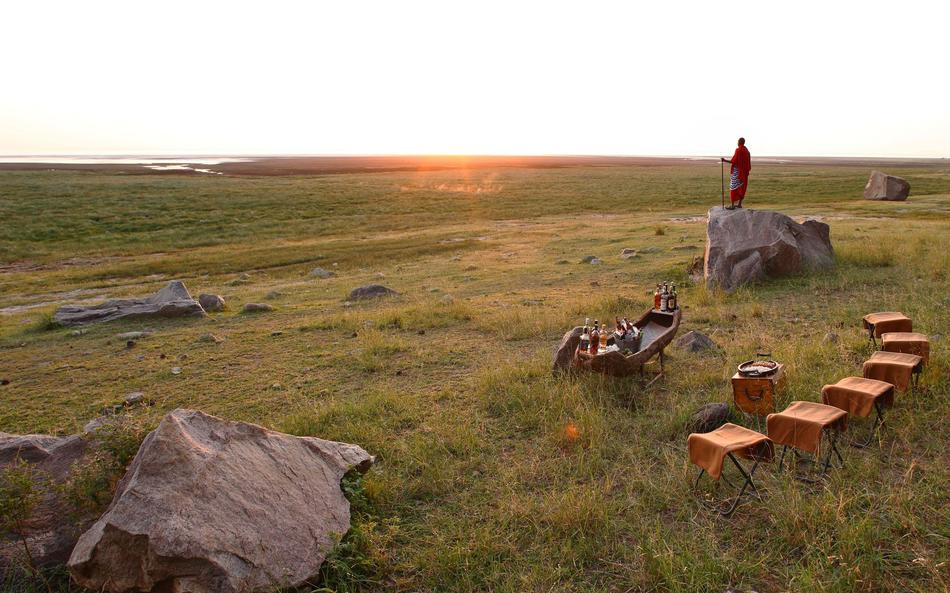
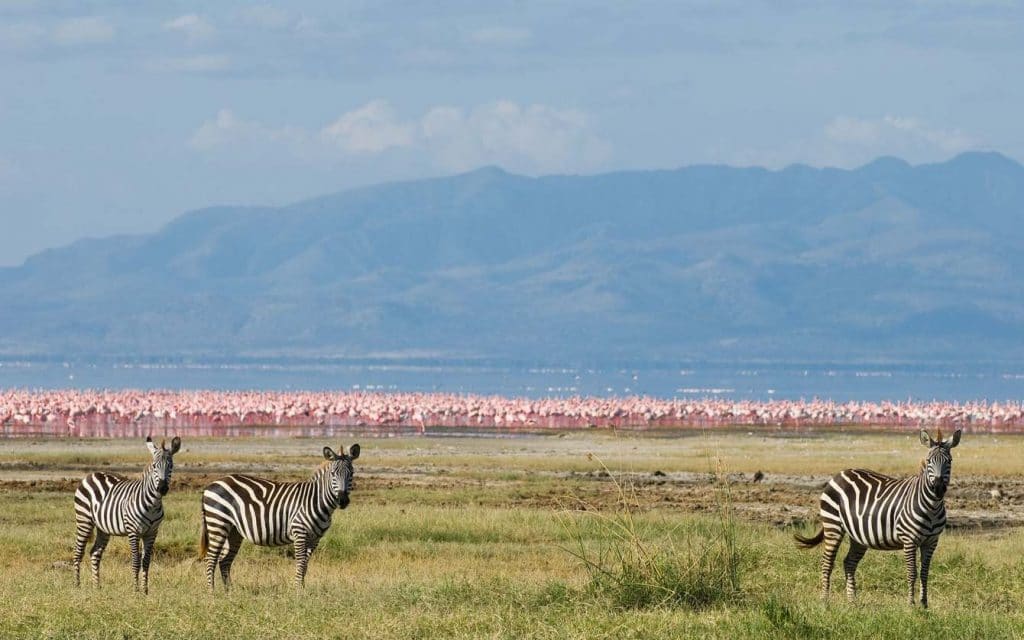
Lake Manyara is one of my favourite camps to report on, the Lake Manyara Tree Lodge. We luxuriated in superb tree houses in the forest, in earshot of all sorts of wildlife. The rooms are massive with a double bed, a living room, a large bathroom with a free standing tub and an outdoor shower, in which, I have to say, I caught myself looking up for fear of lurking leopards. Happily, there were none and both me and the African wildlife remained unscathed with dignity intact.
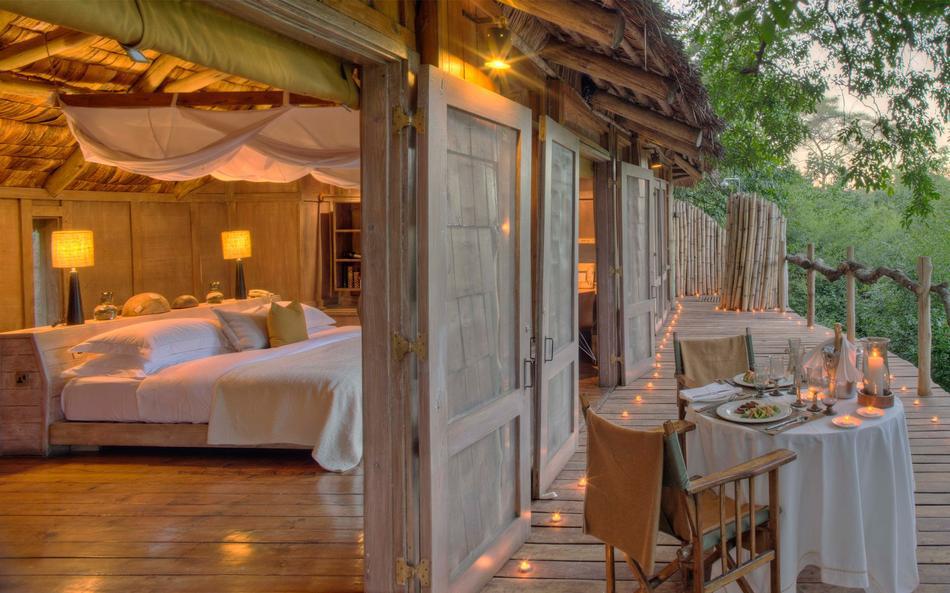
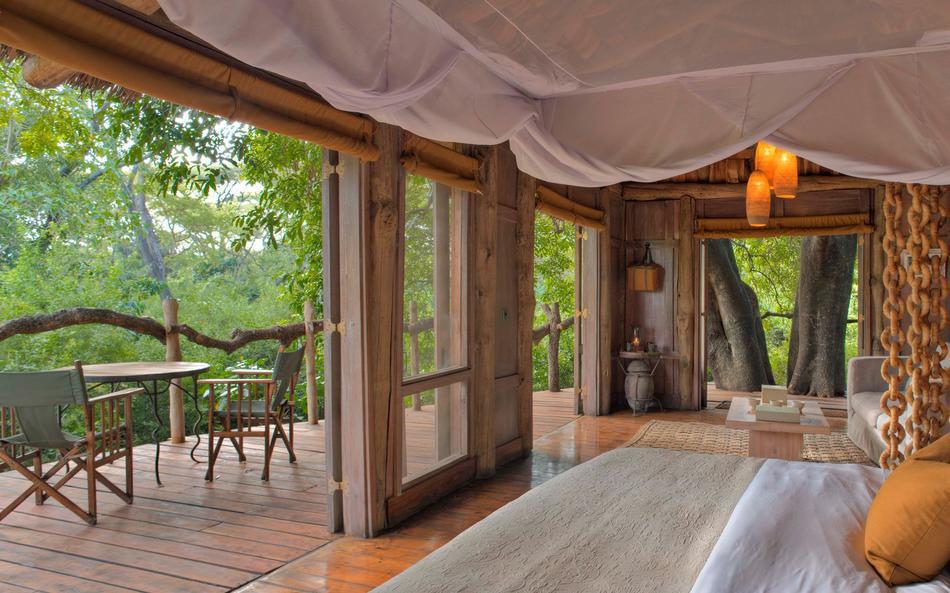
The forest and adjacent Lake Manyara, with its bright pink flocks of flamingos, make this very different from the open plains of the Serengeti and Ngorongoro Crater, both of which were still to come.
Read Part 2 of Lise’s adventures in Tanzania here: “Amazing Tanzania – vast herds, a crater and hot air balloons“.
